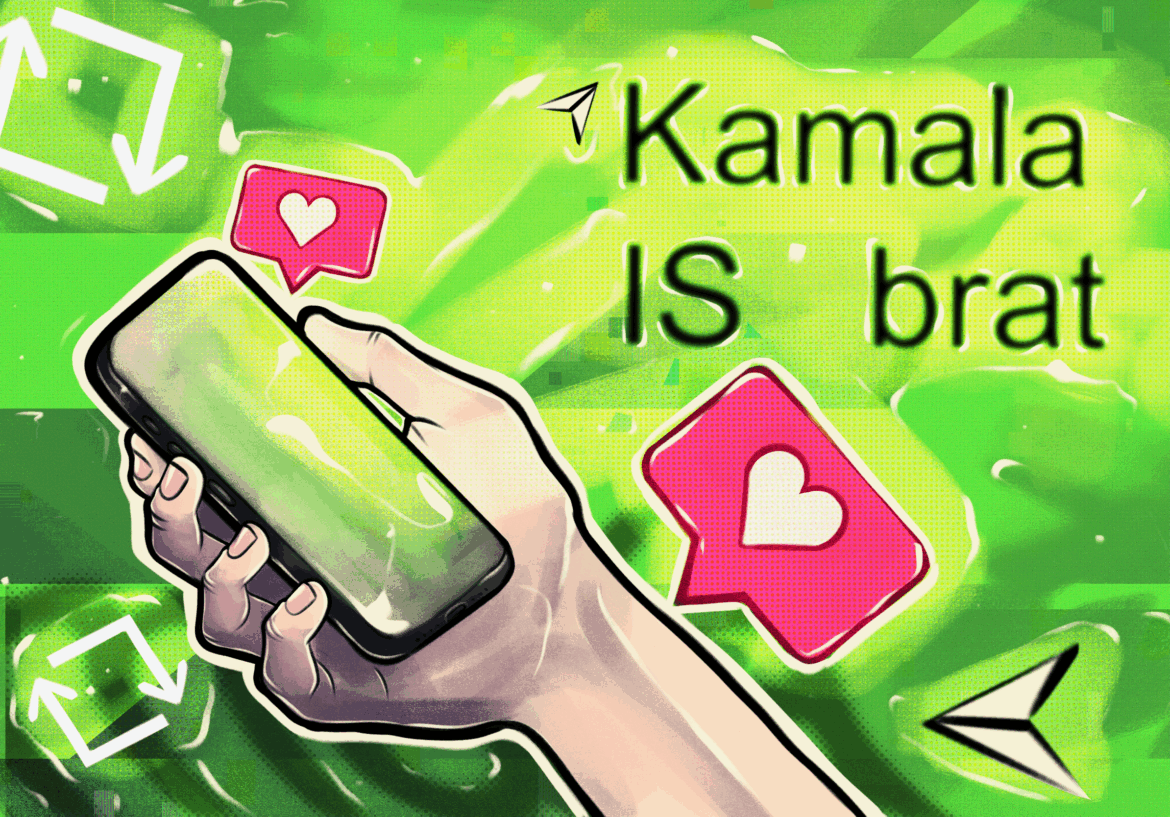Many would agree that social media holds the world in a tight grip. With global internet access at everyone’s fingertips, it might be difficult to stay out of the loop.
The unlimited access to information today, fails to reflect how the experience has been historically in the U.S. to voice one’s opinion on information. Black people, Indigenous people and women have all had to fight for rights so inextricable from America’s conception.
Even today, two major demographics of United States citizens lack full suffrage. Citizens who reside in U.S. territories and the incarcerated are both unable to vote in the presidential election and U.S. territories have no representation in the federal government, according to a student spotlight article published by Rackman Graduate School.
Overall, the right to vote holds intrinsic power because of the agency it grants citizens over their circumstances via the government. When something as old, fought for and respected as suffrage is now being impacted by social media, it’s necessary to take a look at how social media affects specific facets of politics, like campaigning.
It’s no secret that social media exists largely in the hands of younger people. Using social media in political campaigns means potential exposure to 78 percent of U.S. adults aged 18 to 29, as found by a Pew Research Center report in 2024.
It’s only logical that campaigning politicians would choose this way to reach a critical demographic. Young people, as concluded in a 2023 thesis project from Bridgewater State University, are linked to high social media usage but low voter turnout.
The nature of social media lends itself best to lighthearted media, public spectacle, and sometimes debates over whether The Summer I Turned Pretty’s protagonist, Belly, should be with Jeremiah or Conrad (NBC News). Due to the superficiality of internet trends, it can create some undue levity for politics discussed on the same platforms.
The point of intersection between social media and political campaigning is greatly exemplified by Kamala Harris’ campaign in the 2024 presidential election. The Harris campaign seemed to have struck gold when British singer-songwriter Charli XCX decreed that “Kamala IS brat” in the midst of “Brat” summer (NBC News).
Charli XCX’s beloved club-hyperpop album was incredibly marketable. If it was neon green and typed in an Arial font, it was brat. Messy hair was brat. Nightlife was brat. Sunglasses were brat. Being “brat” appeared like a bridge to the same ubiquity for Harris.
This, coupled with the memeification of a line from Kamala Harris’ speech at a swearing-in ceremony of appointees, gave Harris a great deal of online prominence among younger Americans. FYPs (for you pages) and feeds were drenched in all sorts of obscure memes and posts with “You think you just fell out of a coconut tree?” as the punchline. What wasn’t being discussed nearly as much was Harris’ politics.
Harris’ iconic coconut line originated from a speech for an initiative to create greater educational opportunities for Latino and Hispanic Americans (CBS News). Her speech discussed equity, equality and how young people often neglect the circumstances of the world they live in. Harris asserted that sometimes young people mistakenly think that they got to where they are, as arbitrarily as a coconut falls out of a tree.
Ironically enough, the vast yet surface-level nature of social media spread Harris’ words to millions of people, but without any of the impact she intended them to have. The result was young people abstracting Harris’ words from their context and actual meaning.
Social media is significantly ill-equipped to provide an in-depth understanding of politicians and what they stand for. Furthermore, in political campaigns, social media would be a stronger tool if used in tandem with voter education and civic engagement initiatives.
Amid having fun on social media, young Americans still show interest in politics. According to the Center for Democracy and Civic Engagement, between 60-80 percent of Americans aged 18-30 report having an interest in elections and the intention to cast their vote, but only close to 40 percent actually ended up voting.
Two major factors in the absence of younger voters at the polls are a lack of education about the importance of civic engagement and challenges in learning how to vote.
High school students are required to take health and physical education courses. Many schools offer driver’s education. All of these courses are academically relevant in their real-world appeal, but the fact that only six states in the U.S. require high school students to take a full-year civics course creates a gap in students’ life skills education (CBS News).
Voter registration initiatives shouldn’t only take place as important elections come up. In the same way new drivers learn through the repetition of steps to complete a maneuver, new voters would benefit from having the steps of voting repeatedly taught in schools (University of Maryland). Social media is great for catching the attention of voters, especially younger ones. In the end, though, it is education that will transform the intention to vote into their arrival at the polls: this is what we as students should advocate for.



